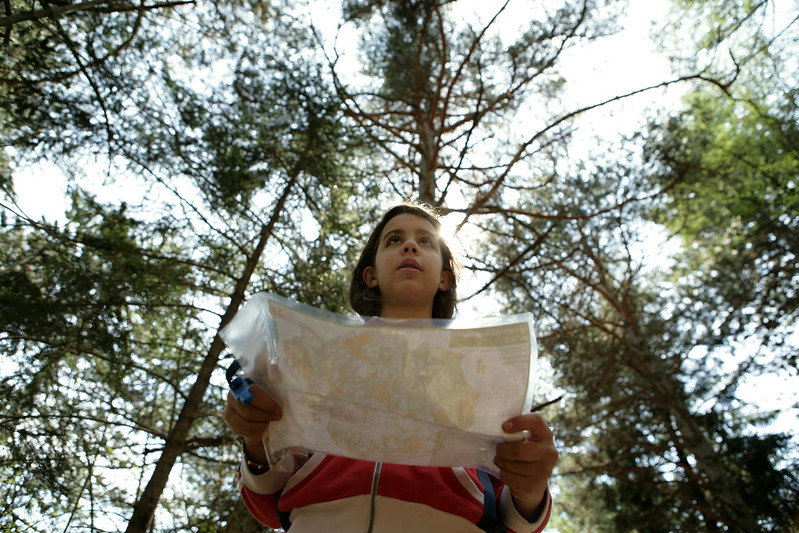The Thrill of Orienteering: A Sport of Mind and Movement
Imagine navigating through an unfamiliar terrain with just a map and a compass, racing against time to find hidden markers. This is the essence of orienteering, a sport that combines physical endurance with mental agility, and it’s capturing the interest of enthusiasts like Tom Southworth.
Orienteering challenges participants to locate “controls” scattered across a course, relying solely on their navigational skills. As a member and secretary of the Madison-based Badger Orienteering Club, Southworth describes the experience as “like a little mental puzzle.”
Southworth explains, “You’re out there exercising physically, you’re also having to mentally choose routes … and look ahead to what might be obstacles.” The club recently kicked off its spring season at Blue Mound State Park, with more events lined up throughout the fall.
Though orienteering originated as a Swedish military exercise in the late 19th century, it remains accessible to newcomers who may doubt their navigational skills. Susie Madden, the club’s vice president and mapping director, reassures, “Anyone can learn how to read a map. It’s a teachable skill.”
Madden, also president of the nonprofit On the Map, discovered orienteering through her passion for cartography. Her organization aims to introduce more people to this engaging sport.
Orienteering appeals to a diverse range of participants, from children to seniors. Madden notes, “Older people who remember having to use maps before GPS came along appreciate the opportunity to return. And young people enjoy it because it’s something new to them.”
Southworth adds, “It’s a sport [where] you can have your own goals and [compete at] your own level. You don’t need to be competing with the 25-year-olds.”
Safety is a priority during competitions, with all participants carrying a whistle to help if they become disoriented. “But it’s hard to get completely lost because … you’ve got your compass,” Southworth assures. Madden concurs, “It’s not really getting lost. It’s getting disoriented.”





